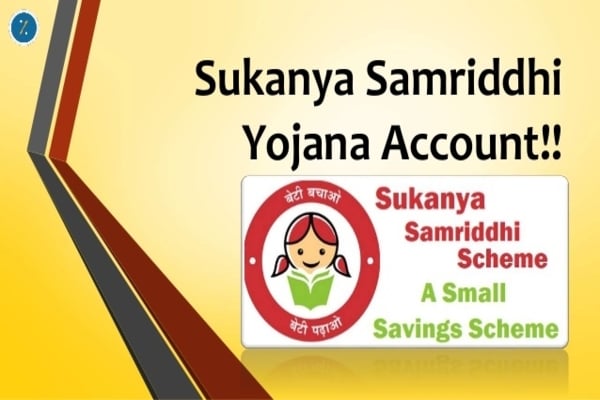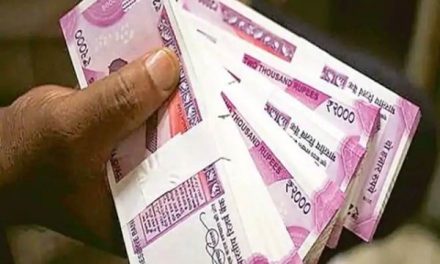The Reserve Bank of India (RBI) has increased the single transaction limit on contactless payments without a PIN from Rs 2,000 to Rs 5,000. The new limit will come into force on January 1, 2021. This is likely to offer relief for many cardholders who were unable to make payments above Rs 2,000 using credit or debit cards through Near Field Communication (NFC) which does not require a PIN.
“In the last few months, there has been an exponential growth in contactless digital payments. This is because consumers are increasingly choosing to pay in a safe and hygienic way for their day to day needs. Mastercard welcomes the RBI’s decision to increase the limit from Rs 2,000 to Rs 5,000 without entering a PIN on contactless transactions through NFC cards,” says Vikas Saraogi, Vice President, Merchant Acceptance, South Asia, Mastercard.
The enhanced limit of Rs 5,000 in a single transaction will also be effective on electronic mandates for recurring payments. This will help people to set up a regular payment mandate for Mutual Fund SIP, EMIs, or recurring subscription fees for various products and services.
Earlier, due to safety concerns, the process of Additional Factor Authentication (AFA) was brought in by RBI so that card transaction was not allowed without a PIN. However, this became detrimental to small-value transactions as it was time-consuming and inconvenient.
To make it more convenient to do small value transactions relaxation in AFA was permitted by RBI for transactions with values up to Rs 2,000, subject to some conditions. These relaxations were later extended to Unified Payments Interface (UPI) as well.
However, with the exponential rise in digital payment usages this year, the limit of Rs 2,000 was proving inadequate in comparison to the rise in the number of users and hence many service providers requested the central bank to further enhance the limits.
“Based on requests received from stakeholders and given the sufficient protection available to customers, it was announced in the Statement on Developmental and Regulatory Policies dated December 4, 2020, that the aforesaid transaction limit will be increased. Accordingly, it has been decided to increase the above limit for AFA relaxation to Rs 5,000 per transaction, with effect from January 1, 2021,” says the notification from RBI.
While there is a good number of people looking for such an option, there are others who may perceive this as a threat due to the chances of being misused as the transaction in contactless form does not require any PIN.
All these people needed a facility through which they can choose not to use this feature. Keeping in mind the need of such people, the RBI made it mandatory for the card providers to offer the cardholders a facility through which they can enable or disable this facility as per their preference. This became effective from October 1 this year.
Not only this, but users can also choose a lower limit of their choice. “The option to elect for the higher limit empowers cardholders to set the limit according to their personal preference and usage behavior,” says Seshadri Kulkarni, CEO, DigitSecure.
As the new limit kicks in from New Year, the service providers will have to empower the customers to regulate their limits as per their convenience. “Banks and fintech will need to ensure that customers remain in full control of limits on different payment modes and have the flexibility to enable/disable them anytime,” says Vinay Bagri, Co-founder & CEO, Niyo.












